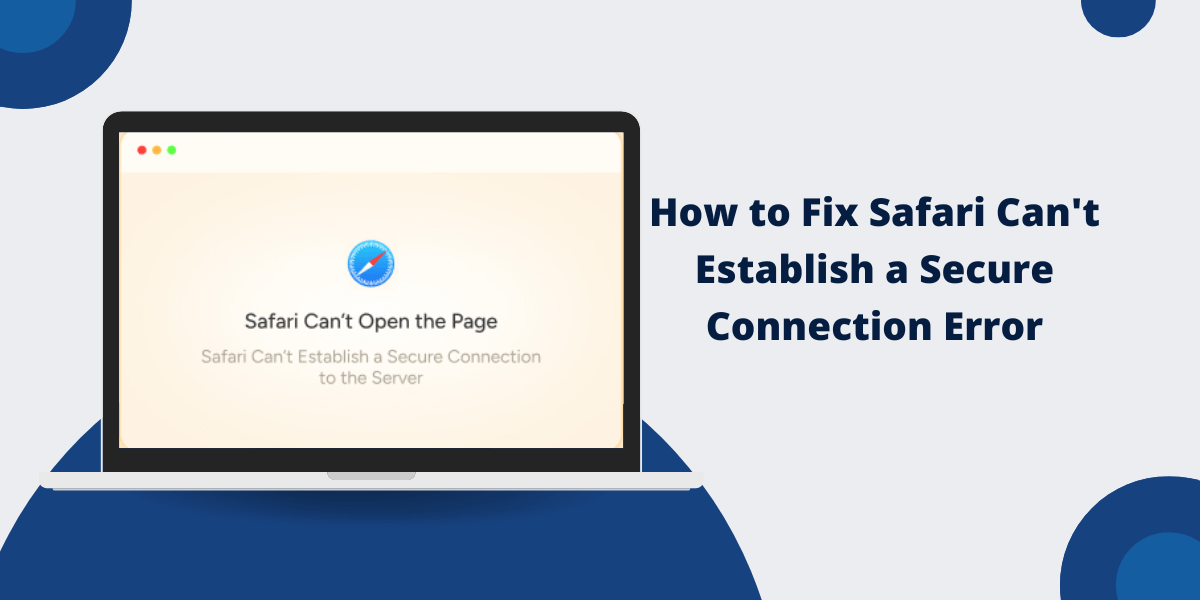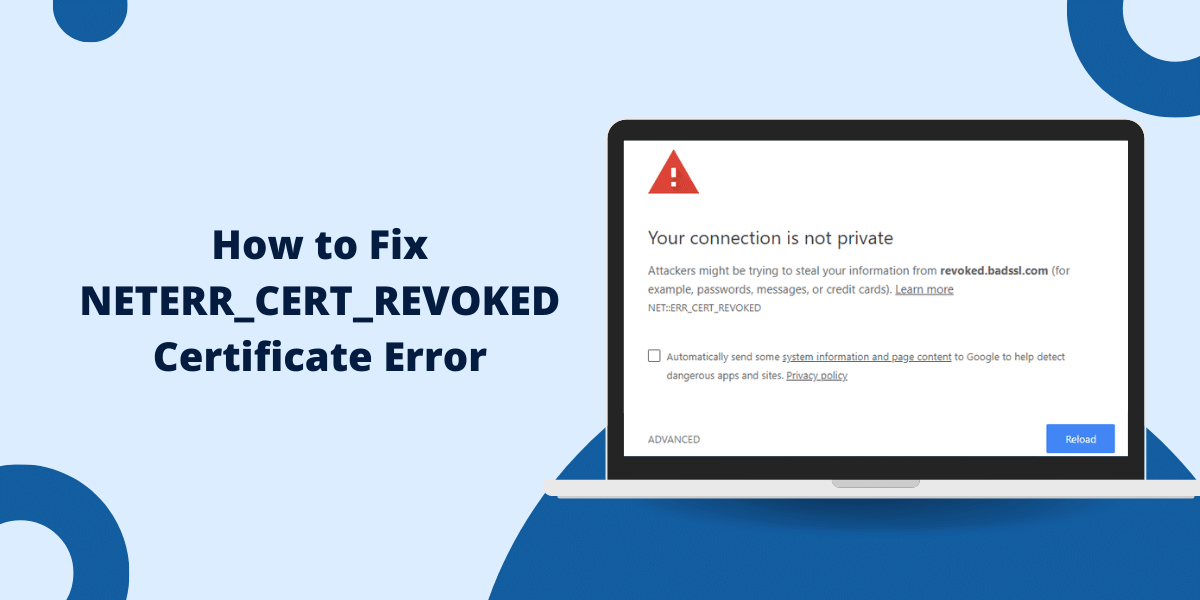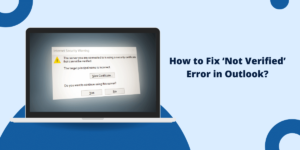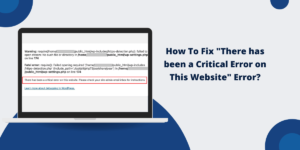Ways to Resolve the Issue of Safari Unable to Establish a Secure Connection Error
When Safari shows the “Can’t establish a connection” error message it means there could be a problem, with either your devices date and time settings certificate settings or Safari configuration.
Encounters, with the “Can’t establish a connection” or “Certificate error” alerts in Safari are quite familiar. Tend to disrupt your attempts to connect securely with websites by pointing out difficulties in establishing an HTTPS encrypted link stemming from hitches with your Safari browser settings or network setup.
There are reasons that might cause this issue to occur. Ranging from date and time configurations to complicated issues, with SSL certificates and caching mechanisms in place. Thankfully though it’s typically quite simple to fix by going through a troubleshooting step.
In this manual we’ll go over the reasons and solutions to attempt when encountering the ” connection cannot be established on Safari” alert, on a Mac computer or an iPhone or iPad device.
Key Takeaways
- To resolve the issue at hand; start by verifying that your date and time settings are accurate and configured to update subsequently reboot your device.
- Make sure to delete cookies and website data through the settings in Safari and also check to see that there are no VPN or proxy connections active.
- Make sure to look out for any outdated certificates and install the updates for Safari on macOS or iOS devices.
- If the problem continues to occur on your iOS device when using Safari browser or a specific website network issue is suspected. Try resetting Safari to its default settings or reinstalling the app on your device.
What are the Reasons for “Can’t Establish a Secure Connection” Error
Here are the most common reasons why Safari cannot make a secure HTTPS connection to a website:
Incorrect Date and Time Settings
Safari relies on your device’s date and time settings to verify that an HTTPS certificate presented by the website is valid and not expired. If your system date and time are incorrect, Safari will not trust the certificate.
Problems with SSL Certificate
The website may be presenting an invalid, corrupted, or expired SSL certificate that Safari rejects. Website owners must update certificates periodically.
Issues with Safari Configuration
Corrupted browser data, extensions, VPN settings, and other Safari configuration problems can prevent a secure connection.
Network Problems
Proxy server settings, firewalls, antivirus software, or your ISP could be blocking Safari from making secure connections to certain websites.
A Step-by-Step Guide to Fix “Can’t Establish a Secure Connection” Error in Safari [9 Easy Ways]
Try these troubleshooting steps to fix the connection error in Safari:
- Check Date and Time Settings
- Restart Your Device
- Clear Safari Browser Data
- Check for VPN/Proxy Connections
- Update Software
- Remove Incompatible Extensions
- Check Expired Certificates
- Reset Safari
- Reinstall or Update Safari
Step 1: Check Date and Time Settings
Go to Settings > General > Date & Time on an iPhone or iPad or System Preferences > Date & Time on a Mac.
- Make sure that “Set Automatically” is enabled so the correct time is maintained.
- If set manually, ensure the date and time are accurate. Incorrect system time is a common trigger for the error.
- Toggle “Set Automatically” off and back on to refresh the settings.
Step 2: Restart Your Device
Restart your iPhone, iPad, or Mac. This will clear any corrupt browser caches and reset Safari back to a working state.
- On an iPhone or iPad, press and hold the Power button and slide to power off. Then power back on.
- On Mac, go to Apple menu > Restart.
Step 3: Clear Safari Browser Data
Safari stores website data like cookies, cache, and certificates locally, which can get corrupted over time. Clearing this data often resolves connectivity issues.
On iPhone/iPad
- Open the Settings app, tap Safari, and choose “Clear History and Website Data.”
- This will remove browsing history, cookies, cache, and other website data stored by Safari.
On Mac
- Open Safari, click Safari in the menu bar, and choose “Clear History.”
- Select “All history” and check off cookies, cache, and website data. Click “Clear History” to confirm.
Step 4: Check for VPN/Proxy Connections
VPN or proxy connections can prevent Safari from establishing secure connections.
- On iPhone/iPad, go to Settings > VPN and toggle off any enabled VPN connections.
- On Mac, open System Preferences > Network and disable any VPN or proxy settings under Ethernet/Wi-Fi adapters.
Step 5: Update Software
Install any pending software updates for Safari, iOS/iPadOS, or macOS. Updates often include bug fixes and improvements for SSL connectivity issues.
- On iPhone/iPad, install iOS updates via Settings > General > Software Update.
- On Mac, install macOS and Safari updates via System Preferences > Software Update.
Step 6: Remove Incompatible Extensions
Some Safari browser extensions and content blockers may cause secure connection errors. Try disabling all extensions and enabling them one by one to identify any incompatible ones.
- In Safari on iOS/iPad, go to Settings > Safari and toggle off extensions or content blockers.
- In Safari on Mac, go to Safari> Preferences > Extensions and uncheck all extensions.
Step 7: Check Expired Certificates
Websites may fail to establish secure connections if they have expired SSL certificates. To check:
- Open Keychain Access on your Mac.
- Click on System under Keychains and check for any expired certificates.
- Delete expired certificates. You may need to contact the website admin to reissue them.
Step 8: Reset Safari
If you still see the error, try resetting the Safari app to factory defaults. This will clear all settings that could be causing problems.
On iPhone or iPad
- Go to Settings > Safari and tap “Clear History and Website Data” again.
- Then scroll down and choose “Reset”. Confirm reset.
On Mac
- Open Safari and go to Safari> Preferences > Advanced.
- Check “Show Develop menu in the menu bar.”
- Now, from the Develop menu, choose “Reset Safari.”
Step 9: Reinstall or Update Safari
As a last resort, you can reinstall Safari or update to the latest version:
- On iOS, delete Safari via Settings > General > iPhone/iPad Storage, then reinstall it.
- On Mac, drag Safari from Applications to Trash, then reinstall from the App Store.
- Alternatively, update Safari to the latest version from the Mac App Store.
Final Thoughts
The “Can’t establish a secure connection” warning in Safari can be frustrating but is usually easy to fix. Start by double-checking your date and time settings, resetting Safari to defaults, installing app and system updates, clearing website data and caches, and removing any VPN connections. If issues persist for specific sites, contact the website administrator to troubleshoot problems on their end. With some diligent troubleshooting, you should be able to resolve the error and securely access websites again in Safari.
FAQs About Safari Connection Errors
What causes the “Can’t establish a secure connection” error in Safari?
The most common causes are incorrect date/time settings, problems with the site’s SSL certificate, corrupted browser data in Safari, network issues, and outdated or incompatible software.
How do I fix Safari certificate errors on websites?
You can try clearing website data and history in Safari, installing the latest iOS/macOS updates, removing any incompatible extensions, checking for expired certificates, and contacting the website admin.
Why does Safari say “Certificate error” for a website?
This occurs when the SSL certificate presented by the website is invalid, corrupted, expired, or not trusted by Safari. The site needs to reissue a valid certificate.
What does NSURLErrorDomain error -1012 mean in Safari?
Error -1012 indicates that Safari refuses to trust the certificate issued by the website, often because it is expired, self-signed, or does not match the domain name.
Why does Safari say “SEC_ERROR_EXPIRED_CERTIFICATE”?
This error occurs when the website’s SSL certificate has expired. The site administrator needs to renew the certificate for a successful, secure connection.
How do I allow invalid SSL certificates in Safari?
Click “Show Certificate,” then choose “Always Trust” when prompted in Safari. It will add an exception. Only do this for sites you fully trust.
How do I reset Safari to default settings?
On iOS, go to Settings > Safari > Reset. On Mac, open Safari > Preferences > Advanced and choose Reset Safari. This clears corrupt browser data.

Priya Mervana
 Verified Web Security Experts
Verified Web Security Experts
Priya Mervana is working at SSLInsights.com as a web security expert with over 10 years of experience writing about encryption, SSL certificates, and online privacy. She aims to make complex security topics easily understandable for everyday internet users.



